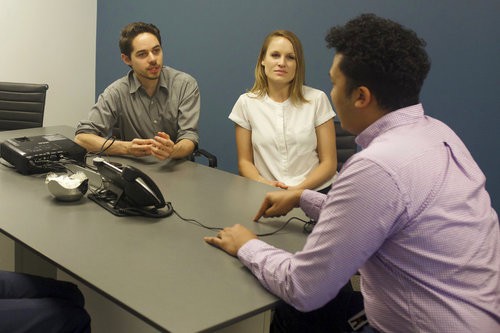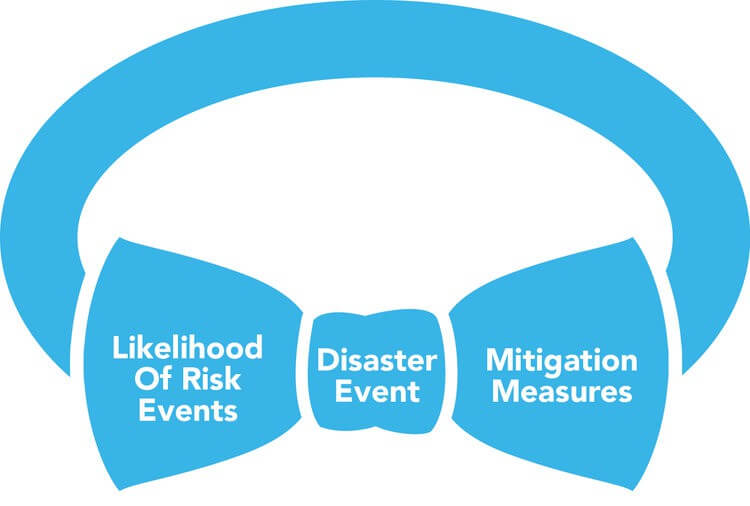Tighten Risk and Business Continuity Alignment … with a Bow Tie!
Author: Bob Sibik
 Combining business continuity and risk management into a single operational process is the most effective way to prepare for the worst. Many companies treat risk management and business continuity as different entities under the same workflows, and that is a mistake; to be optimally effective, the two must be combined and aligned.
Combining business continuity and risk management into a single operational process is the most effective way to prepare for the worst. Many companies treat risk management and business continuity as different entities under the same workflows, and that is a mistake; to be optimally effective, the two must be combined and aligned.
Using the bowtie model, organizations can appropriately marry business continuity and risk management practices.
The bowtie model – based on the preferred neckwear of high school science teachers and Winston Churchill – uses one half of the bow to represent the likelihood of risk events and the other half to represent mitigation measures. The middle – the knot – represents a disaster event, which may comprise disruptions like IT services going down, a warehouse fire, a workforce shortage or a supplier going out of business.
To use this model, first, determine every possible disruption to your organization through painstaking analysis of your businesses processes. Then determine the likelihood of each disruption (the left part of the bow), as well as mitigating measures one can take to reduce the impact of the disruption should it occur (the right part of the bowtie).

Consider as an example the disruptive event of a building fire – the “knot” in this case. How likely is it? Was the building built in the 1800s and made of flammable materials like wood, or is it newer steel construction? Are there other businesses in the same building that would create a higher risk of fire, such as a restaurant? Do employees who smoke appropriately dispose of cigarettes in the right receptacle?
On the other half of the bowtie are the measures that could reduce the impact of a building fire, such as ensuring water sources and fire extinguishers throughout the building, testing sprinkler systems, having an alternate workspace to move to if part or all of the office is damaged during a fire, and so on.
The mitigating measures are especially key here, as they aren’t always captured in traditional insurance- and compliance-minded risk assessments. Understanding mitigation measures as well as the likelihood of risk events can change perspectives on how much risk an organization can take, because the organization then will understand what its business continuity and response capabilities are. Mitigation methods like being ready to move to an alternate workspace are more realistic than trying to prevent events entirely; at some point, you can accept the risk because you know how to address the impact.



